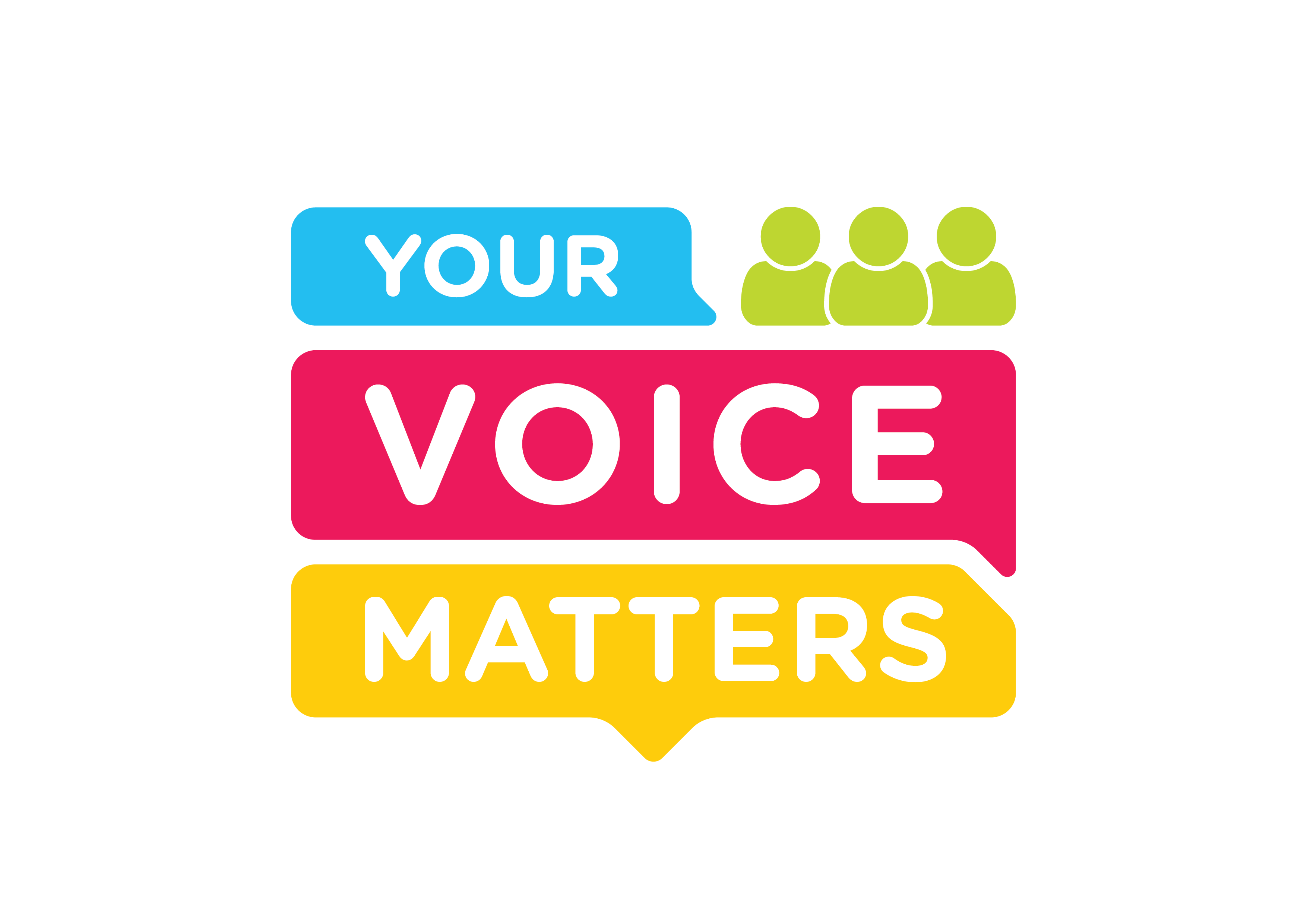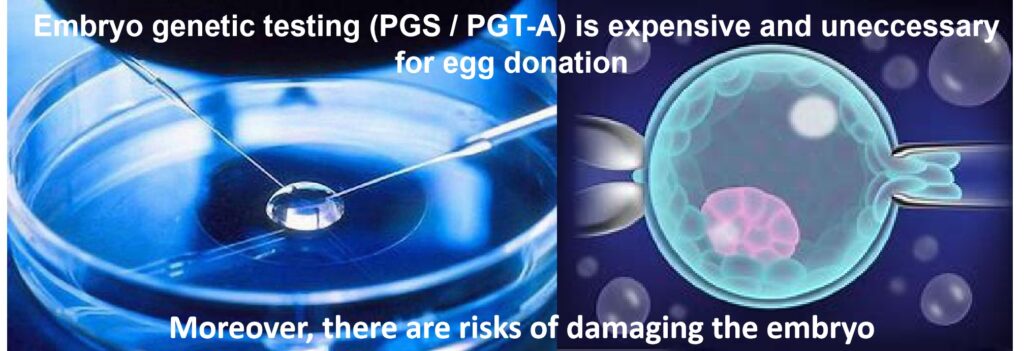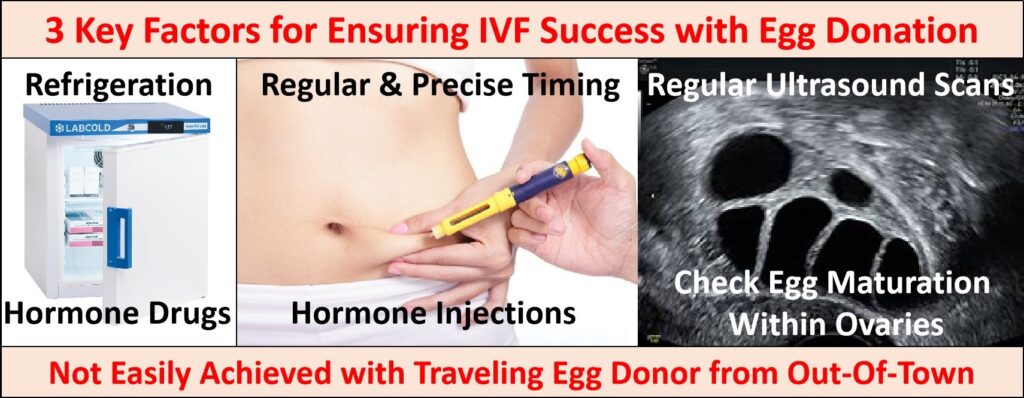Angelica Cheng
Active Member

Egg Donation In Malaysia: Pitfalls That IVF Patients Should Avoid – Dr Alexis Heng Boon Chin
Patients often have to navigate a complex web of marketing gimmicks, misleading information, and ethical pitfalls.
 codeblue.galencentre.org
codeblue.galencentre.org
Egg Donation In Malaysia: Pitfalls That IVF Patients Should Avoid
I read with great interest the CodeBlue article Problems Behind The Eggs-tra Income, which describes ethical problems pertaining to the rampant commercialisation of egg donation in Malaysia.
Indeed, many foreign patients often travel to Malaysia for IVF egg donation treatment, due to the ready availability of paid egg donors. Nevertheless, due to lax regulation of egg donation, patients often have to navigate a complex web of marketing gimmicks, misleading information, and ethical pitfalls.
Hence, it is imperative to emphasise what they should pay attention to and be wary of.

First and foremost, patients should be careful not to be duped into performing unnecessary genetic testing of IVF embryos, a technique known as preimplantation genetic screening (PGS) or preimplantation genetic testing – aneuploidy (PGT-A).
This procedure is very expensive, and often increases the total medical fees by up to 50 per cent. Many Malaysian fertility clinics often exploit IVF patients’ fear of unknown genetic diseases carried by egg donors to hard-sell embryo genetic testing (PGS/PGT-A).
They often hide from patients the fact that similar genetic testing of the egg donor’s blood samples or oral swabs, are much cheaper than genetic testing of IVF embryos.
A blood or oral swab sample contains thousands of cells, from which a large amount of genetic material (DNA) can be extracted. In contrast, only a small amount of DNA can be extracted from just a few cells within the embryo.
Therefore, compared with PGS or PGT-A, genetic testing of blood samples or oral swabs from egg donors is technically simpler and much cheaper.
In addition, IVF patients can also consider more economical prenatal screening options after getting pregnant, such as the new generation of non-invasive prenatal testing (NIPT), which can screen foetal DNA extracted from pregnant women’s blood samples to detect genetic defects.

Patients need to understand that more expensive testing methods are not necessarily better. Despite the high cost of PGS and PGT-A, it is not a foolproof method for screening genetic defects.
This technique only detects a limited panel of common genetic diseases, not rare genetic disorders. It is also useless for detecting more complex genetic conditions caused by interactions of multiple genes with the birth environment, for example, autism spectrum disorders.
Additionally, if the egg donor is very young, there is no need to use PGS or PGT-A to screen embryos for Down syndrome, which usually arises from genetic abnormalities in older women’s eggs.
Although many Malaysian fertility clinics claim that PGS and PGT-A can improve the success rate of IVF among older women, this only refers to older women using their own eggs and will not improve the success rates of older women using young egg donors. It must also be noted that PGS and PGT-A are not completely risk-free.
Because this delicate technique involves drilling through the embryo’s outer shell (Zona Pellucida) to extract cells for genetic testing, there is an inherent risk of damaging the embryo. The smooth performance of this technique is often highly dependent on the skill and training of the laboratory staff (embryologist).
Even with high levels of training and accreditation, there is still a possibility of human error, particularly in a very busy laboratory that handles several such cases a day. Lastly, patients must also beware of fertility clinics manipulating their biased preference for either a boy or girl child, to persuade them to undertake highly-expensive embryo genetic testing for sex selection.
Some Malaysian fertility clinics may offer frozen egg donation as a cheaper alternative to fresh egg donation. This has simpler logistics, as there is no need to synchronise the hormone stimulation cycles of donors and recipients, and saves transportation and hotel accommodation costs required for fresh egg donation.
However, the success rate of frozen egg donation is significantly lower than that of fresh egg donation, which is often downplayed and overlooked. Patients should also avoid using frozen eggs transferred from an egg bank to another IVF lab.
Because human eggs are very sensitive, the thawing technique needs to be compatible with the freezing technique, which is similar to the relationship between a lock and a key. Hence, patients should preferably use the same IVF lab that perform both the freezing and compatible thawing procedures to achieve good IVF success rates with frozen eggs.


